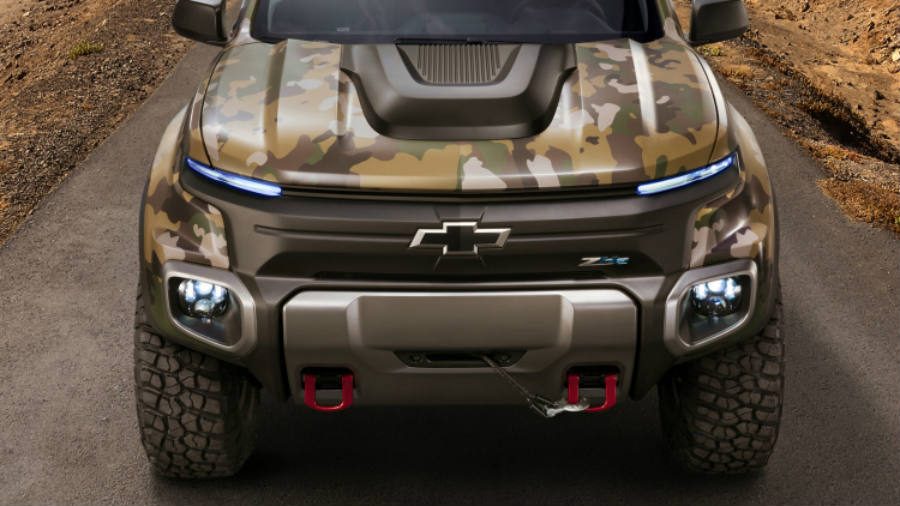General Motors has developed the Chevrolet ZH2 truck in partnership with the U.S. Army, and it is now undergoing tests in different bases in the country. The pickup is powered by a hydrogen fuel cell that generates power and creates water.
The military vehicle is not the first one to pack the alternative technology, but it is the first one to be seriously considered as an official battlefield adoption. The Army’s tank development branch experimented with Ford Escape models in the late 2000s.
The commercial automotive sector is also growing increasingly eager to create and release affordable alternatives that use hydrogen as a source of energy. Some automakers like Toyota, Hyundai, and Honda already have these cars for sale in the U.S.
The Chevrolet ZH2 could be very useful in the battlefield
One of the main advantages of the Chevrolet ZH2 is that it is both adaptable and silent, making it particularly useful for situations that require some degree of subtlety when approaching enemy lines or bases.
The hydrogen fuel cell on the GM truck could work with any source that also contains the natural gas. It means it could potentially work with air and water, but that is not the case with the ZH2.
Instead, the fuel cell on the Army pickup will run on JP8, the regular military-grade fuel that most of their vehicles use. The battery will take the fuel and turn it into pure hydrogen, a process that makes much less noise than an internal combustion engine.
On top of that, this conversion requires much less energy, which in turn generates much less heat. It makes the ZH2 cooler and less prone to being detected by heat-vision radars and other tracking systems.
The body of the car sports a military camouflage paint job, and all the doors and panels are made of carbon fiber with Kevlar reinforcements. The average range of the GM 4×4 is between 200 to 300 miles with a single charge.
The ZH2 also provides soldiers with clean water
Given the truck runs on hydrogen, the U.S. Army has also devised a way to harness it and combine it with oxygen to produce drinking water. Soldiers can collect up to two gallons of water from the vehicle’s exhaust after 200 miles on the road.
That much water could hydrate an entire subdivision, according to Charlie Freese, Director of Global Fuel Cell Activities at GM. The system, however, is not implemented on the ZH2.
The Chevrolet pickup will ship later this year to several Army bases across the U.S. where soldiers will test it in real-life battlefield conditions and see if they find it fit for duty abroad where it will serve its true purpose.
Source: CNN



